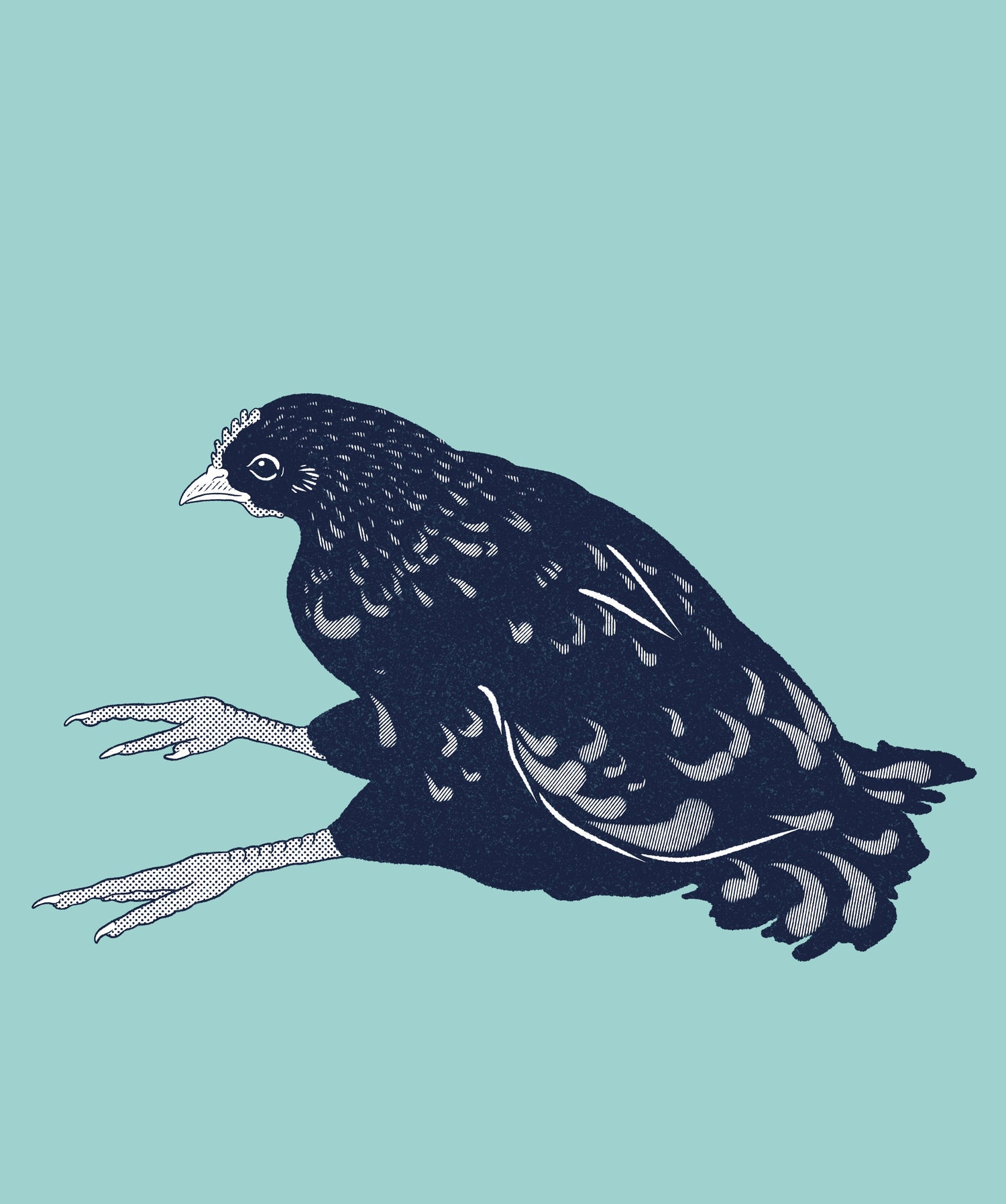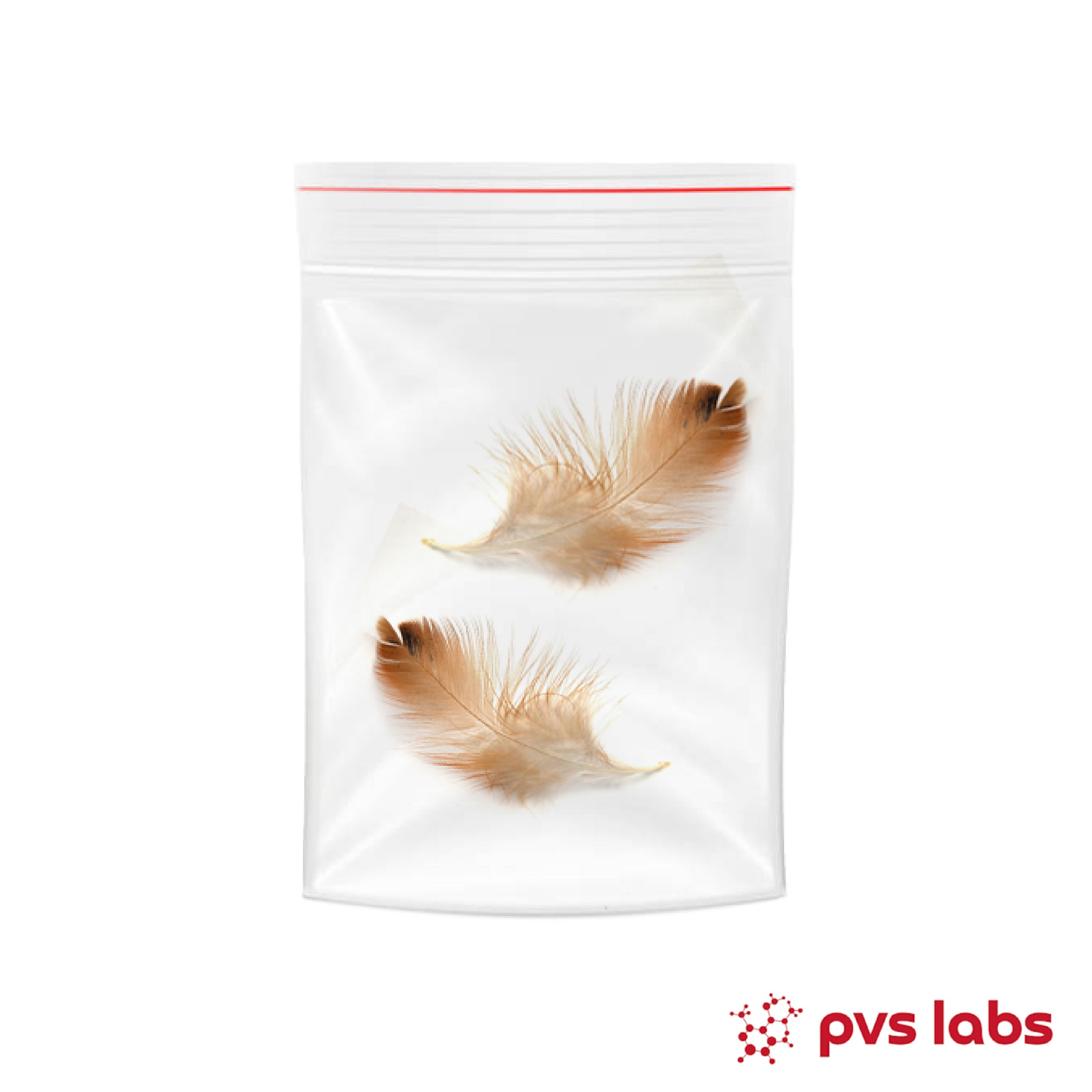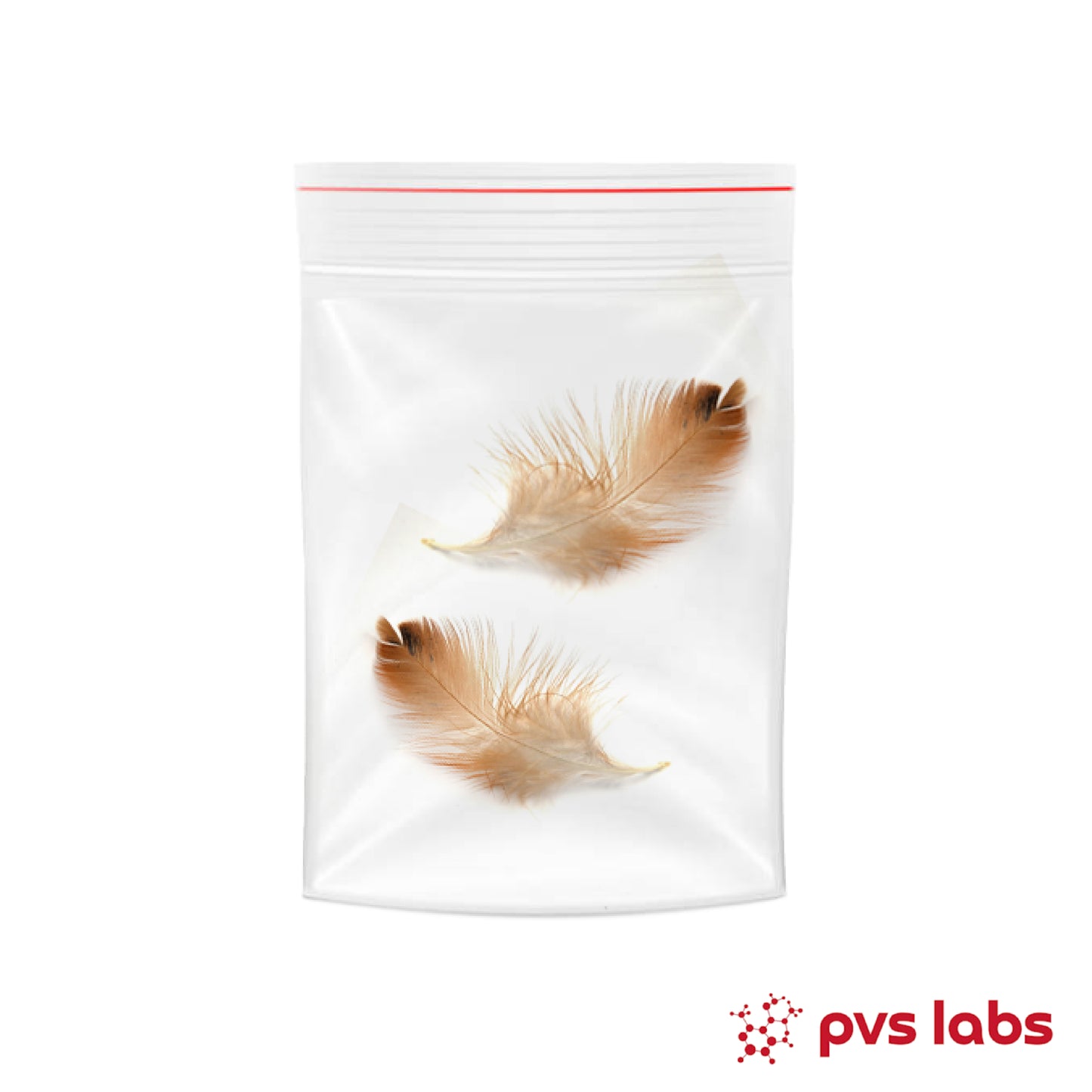

Marek's Disease
Marek’s disease is a highly contagious viral infection in chickens caused by Marek’s disease virus (MDV), a herpesvirus that spreads through feather dander and dust. The virus primarily affects the nervous system, skin, and internal organs, leading to tumors, paralysis, immunosuppression, and can have high mortality in unvaccinated birds. Infected chickens may show signs of leg or wing paralysis, vision impairment, weight loss, and skin lesions, while some birds remain asymptomatic carriers. There is no cure, but vaccination at hatch is highly effective in preventing severe disease and reducing transmission. Once introduced, MDV remains in the environment for long periods, making strict biosecurity and vaccination essential for flock protection.
Clinical Signs
-
1. Neurological Form (Classic Marek’s Paralysis)
- Leg or wing paralysis – One leg stretched forward and the other backward ("classic splits").
- Unsteady gait, incoordination, or weakness progressing to paralysis.
- Torticollis (twisted neck), head tremors, or balance issues due to brain involvement.
- Decreased ability to eat or drink, leading to weight loss.
-
2. Ocular (Eye) Form
- Gray, irregular, or cloudy iris (Gray eye).
- Unequal pupil sizes (anisocoria).
- Vision loss or blindness in advanced cases.
-
3. Cutaneous (Skin) Form
- Raised, rough, or crusty nodules on the skin.
- Thickened feather follicles, sometimes with scabbing.
-
4. Visceral (Tumor) Form
- Enlarged liver, spleen, kidneys, or intestines due to tumor formation.
- Weight loss and pale comb due to internal organ dysfunction.
- Decreased egg production in older birds.
-
5. Immunosuppression (Increased Disease Susceptibility)
- Birds become highly vulnerable to secondary infections (e.g., coccidiosis, bacterial infections).
- Slow wound healing and poor vaccine response.
Transmission
-
Marek’s disease is caused by Marek’s disease virus (MDV), a highly contagious herpesvirus that spreads easily between birds. Chickens become infected primarily through inhalation of virus particles from contaminated environments.
Airborne Transmission (Feather Dander & Dust) – Primary Route
- The virus sheds from infected birds’ feather follicles and contaminates dust, bedding, and air.
- Healthy birds become infected by breathing in virus-laden particles.
Direct Contact with Infected Birds
- Infected birds (even those without symptoms) can spread the virus through close contact.
- Chicks exposed to infected adult birds are at high risk.
Contaminated Environment & Equipment
- The virus survives for months to years in the environment, especially in coops, litter, feeders, and equipment.
- Birds can become infected by contacting contaminated surfaces.
Vertical Transmission? (Egg Transmission)
- Marek’s virus is NOT passed directly through eggs, but chicks can be exposed immediately after hatching in contaminated environments.
Treatments
-
Marek’s disease has no cure. While the vaccine helps prevent clinical signs, its long-term effectiveness isn’t fully understood, and vaccinated birds can still shed a small amount of the virus. Supportive care may aid recovery in birds showing symptoms, but it cannot eliminate the virus, and there’s no guarantee that an affected bird will regain full function.
Prevention
Vaccination:
- Marek’s vaccine is highly effective when given to day-old chicks before exposure to the virus. The vaccine works by preventing clinical signs and reducing the severity of the disease, but it does not stop infection or virus shedding.
Strict Biosecurity:
- Regularly disinfect coops and equipment.
- Control dust, as the virus spreads through feather dander.
- Keeping a closed flock (all in, all out)
Treatments
1. Supportive Care (For Birds with Mild to Moderate Symptoms)
- Isolate affected birds to prevent stress and secondary infections.
- Provide easy access to food and water, as paralysis can make movement difficult. If your bird is unable to meet their daily requirements for food and water, it is important to assist them.
- Offer a nutrient-rich diet to support the immune system. Consider adding, multivitamin, probiotics and electrolytes
- Physical therapy (gentle movement of legs) may help in some cases where paralysis is mild.
2. Pain Management (For Birds with Nerve Inflammation or Tumors)
- Meloxicam (a non-steroidal anti-inflammatory drug) can help reduce pain and inflammation.
3. Preventing Secondary Infections
- Birds with Marek’s are immunosuppressed, making them vulnerable to bacterial infections.
- Antibiotics (prescribed by a vet) may be needed if secondary infections occur.
4. Euthanasia (For Severe Cases)
- If a bird is completely paralyzed, struggling to breath, eat or drink, or showing signs of suffering, humane euthanasia is the kindest option.
- Birds with tumors affecting internal organs often decline rapidly.
Diagnosis
-

Diagnosing Marek’s disease in poultry can be challenging because its symptoms can mimic other conditions. A definitive diagnosis usually requires a combination of clinical signs, post-mortem examination, and laboratory testing.
1. Clinical Signs (Live Birds)
Marek’s disease primarily affects nerves, eyes, skin, and organs, so symptoms depend on which form is present:
Neurological Form (Classic Marek’s)
- Progressive paralysis (one leg stretched forward, the other backward—“split stance”)
- Loss of balance, head tremors, or wing droop.
- Wasting despite eating normally.
Ocular Form
- Grey or cloudy eyes (lymphoid infiltration)
- Unequal pupil sizes or irregular pupils (iris changes)
- Vision loss.
Cutaneous (Skin) Form
- Raised, scabby lesions on feather follicles..
Visceral (Tumor) Form
- Sudden death with no prior signs.
- Weight loss, paleness, or greenish diarrhea (due to internal organ tumors)
2. Post-Mortem Examination
- Enlarged sciatic nerves (thickened, yellow, or greyish)
- Tumors in organs (liver, spleen, heart, kidneys, lungs, intestines)
- Feather follicle tumors.
- Greyish or discolored iris in affected eyes.
3. Laboratory Testing (Definitive Diagnosis)
- Histopathology – Tissue samples from tumors or nerves examined under a microscope to check for Marek’s-specific lymphoid infiltration
- PCR Testing – Detects Marek’s virus DNA in tissues
- Virus Isolation – Confirms presence of the virus but isn’t commonly done outside research settings

PVS Labs
PCR Test - Marek’s Disease Virus
Share



